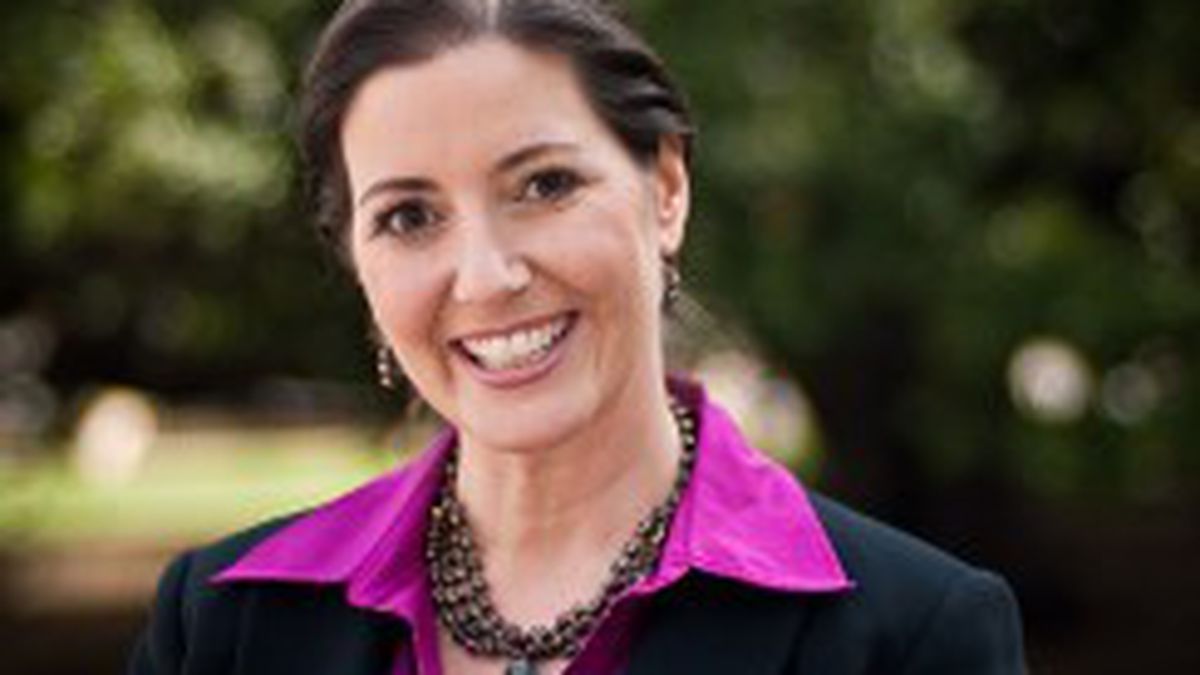Upon taking office in January 2015, Mayor Libby Schaaf was slow to react to Oakland’s deepening affordability crisis. At the time, dealing with out-of-control rents and the displacement of longtime Oaklanders were not among the new mayor’s top priorities. But over the past half year, Schaaf has made Oakland’s affordability crisis her primary concern, and she and other top city leaders have assembled an ambitious plan to address it. In fact, the city council and the city administration should move as quickly as possible to implement the mayor’s plan. Oakland can’t afford to wait.
As we noted earlier this month, the multifaceted proposal being put forward by Schaaf and her housing cabinet, which included councilmembers Dan Kalb, Lynette Gibson McElhaney, Annie Campbell Washington, and Abel Guillen, calls for protecting 17,000 existing affordable homes in Oakland and building at least 17,000 new housing units in the next eight years, including up to 5,600 affordable units.
The mayor’s plan calls for putting two large bond measures on the November ballot. One would be a countywide $500 million affordable housing bond, of which Oakland would receive about $105 million to build affordable units. The other would be a citywide $250 million infrastructure bond. The city would use $50 million from this bond to establish an Oakland Buyers’ Collective that would purchase currently affordable apartment buildings, fix them up, and convert the homes to “permanent affordability.”
Schaaf’s plan also seeks to tighten tenant protections under the city’s Rent Adjustment Program. The proposal, for example, would expand rent control to smaller buildings and would make it tougher for landlords to take units off the rental market and turn them into condos. Schaaf also is calling on the California Legislature to overhaul the Costa-Hawkins Act, a state law that restricts rent control in Oakland to apartment buildings constructed before 1983.
The mayor’s plan also calls for creating special financing districts that would raise millions in tax revenues to pay for more affordable housing — much like the city’s redevelopment agency used to do before Governor Jerry Brown killed redevelopment in 2011. And Schaaf wants to tap into millions in state cap-and-trade funds to build more housing near major transit hubs in Oakland.
As we said, it’s a bold plan — and one that Oakland needs to immediately embrace.
But as good as the plan is, it could go further. For example, it calls for the council to enact a housing impact fee on new housing projects in order to pay for affordable units — but proposes to slowly roll out the plan, and thus the city would potentially miss out on millions of dollars for affordable housing. Under an administration proposal that is scheduled to be heard by a council committee next week, the impact fee would not go into effect until December and would start at only $5,000 per unit, before increasing to $10,000 a year later, and then to $20,000 in December 2018.
Schaaf has argued that imposing the fee all at once could scare off housing construction in the city. But the impact fee should come as no surprise to developers. In fact, they’ve known for at least two years that the council was going to establish a fee. Plus, the nearby cities of Emeryville and Berkeley already have impact fees of at least $20,000 per unit. As such, the Oakland council should implement one this summer — at $20,000 — in order to capture as much money for affordable housing as possible.
The mayor and council also would be smart to back aspects of a proposed November ballot measure being pushed by tenants’ rights groups in the city. Known as the Renters Upgrade, the measure would, among other things, extend Oakland’s just cause eviction ordinance to buildings constructed after 1983. That’s a smart fix to a loophole in current Oakland law that allows landlords in newer buildings to evict tenants without just cause.
And, finally, if the mayor and council were truly serious about building more housing in Oakland — and making development more equitable — then they would launch a rezoning of wealthy areas in order to allow for denser developments in upscale neighborhoods.
For years, developers in Oakland have maintained that only a few sections of the city have high enough rents to make dense market-rate housing financially viable. However, because of neighborhood NIMBYism, Oakland has walled off many high-income areas from dense development. As a result, it’s nearly impossible to build large housing projects in highly desirable areas, like Rockridge and parts of Temescal in North Oakland, even though those neighborhoods are among the few in Oakland that have high enough rents to support this type of development.
Moreover, these NIMBY zoning rules are making Oakland’s affordability crisis worse. The city could be building lots of new housing right now, but it has effectively banned itself from doing so in many of the neighborhoods that people want to live in.
That’s not very smart. It’s also not fair.













